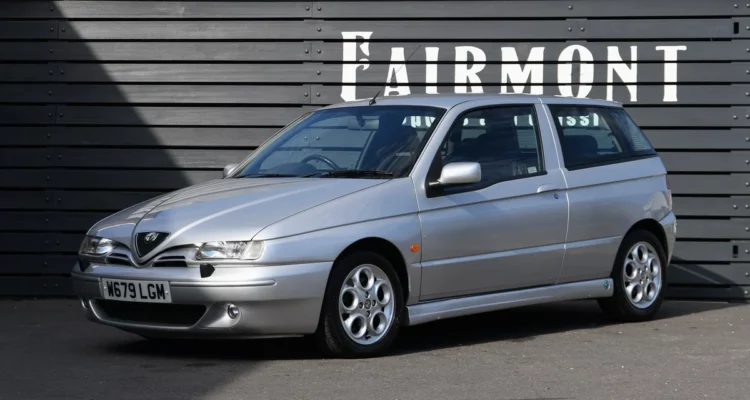Alfa Romeo 166 – The Time is Now
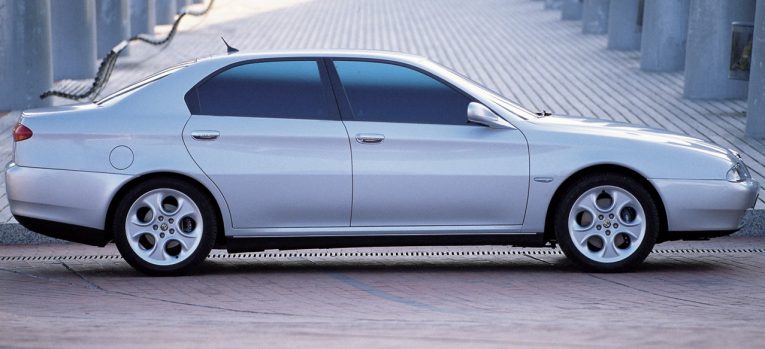
There is no escaping the fact that the Italians have never been brilliant at making executive saloons. But before you fire up the keyboard in readiness for an angry email, let us qualify that. What we mean is that, well, the enthusiasm has always been let down by the quality. That might be a bitter pill to swallow for some Alfisti, but the reality is that the Alfa Romeo 166, love it though we do, was not a brilliantly built car, and as such, they are thin on the ground today.
However, you should still own one. The problems presented by the 166’s apparent lack of quality were problems that, for the most part, blighted the original owner. We speak from 147 experience when we say a showroom-fresh Alfa spending a lot of time in the workshop is not a rare thing. No cliche, no automotive trope – we’ve been there first hand.
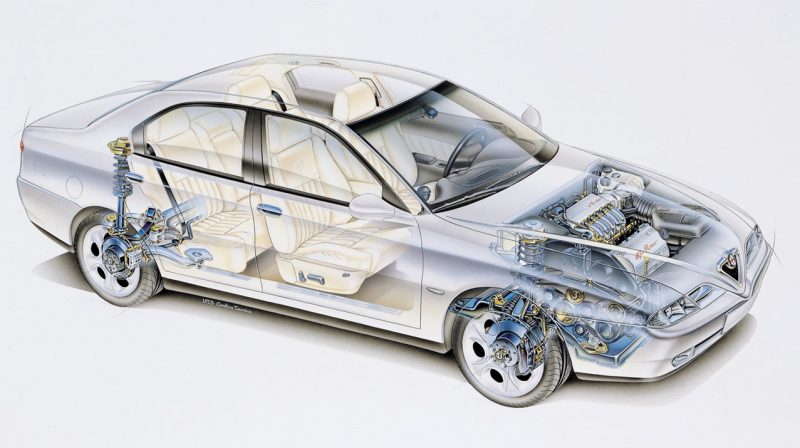
So if this car, the Alfa Romeo 166, was so plagued with issues, why are we suggesting you buy one? Well, it’s simple evolution, or survival of the fittest if you will. Alfa Romeo owners are a passionate bunch. As such, an early 166 that’s still on the road today, twenty years after it was new, will almost certainly have been lavished with care and specialist attention. In fact, it simply must, as it wouldn’t have survived otherwise. As such, the 166 has done that rare thing where it has become a better, more sensible proposition than say an E38 or A8 of the same age – cars that will be leggy, tired and subject to minimal maintenance. A 166 today won’t have that. It will have been cared for, coveted and treated to new parts as soon as it needs them. It will have been owned by a passionate, informed owner who knows the car, its potential foibles and who has worked to correct them. The 166 is an enthusiast’s car, and that is why buying one now is a wise move.
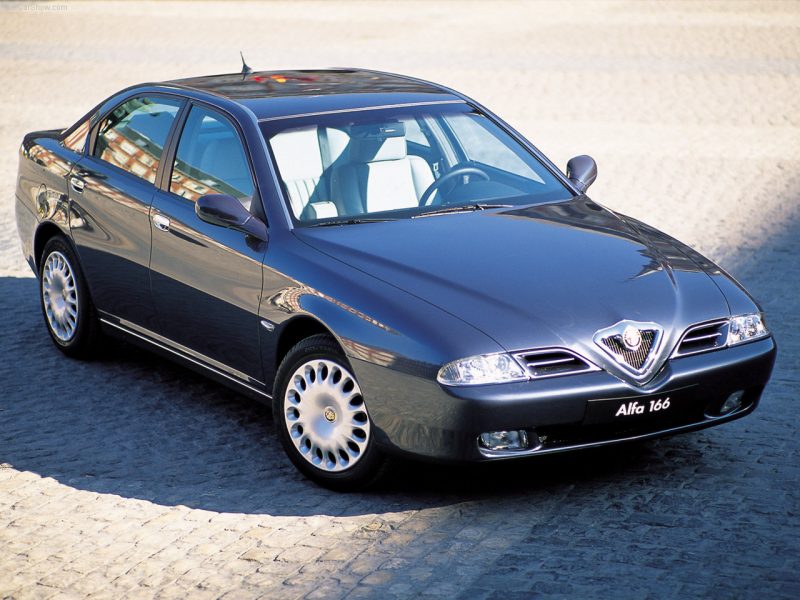
An Introduction to the 166
The Alfa Romeo 166 was the Italian company’s replacement for the 164. The 164 was and still is a great bit of design (again, if you buy an enthusiast-owned one), but by the late ‘90s the design was looking decidedly outdated, and the style conscious Italians simply couldn’t have that. But they also didn’t have the budget to build an entirely new replacement. Enter stage left, the Lancia Kappa.
The Kappa, a large, four-door saloon, provided the underpinnings for the new 166. This was no revolutionary move – the 164 before it shared some of the underpinnings of the Thema, for example. It wasn’t a simple cut and paste, either. Engineers at Alfa weren’t satisfied with the Kappa’s rear suspension, so instead they designed a completely new rear suspension arrangement to offer better handling and greater comfort. They also took precisely… nothing from the Kappa’s aesthetics. Instead, the interior and exterior were unique to this model.
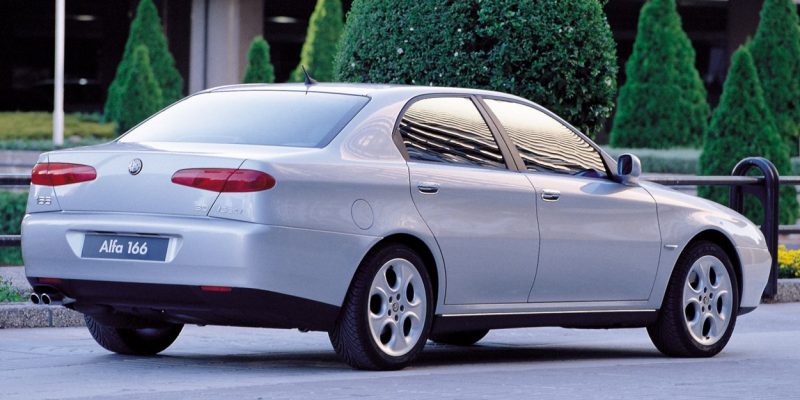
And it is the aesthetics that first draw you to the 166. Penned by Walter de Silva (who would go on to design the 156 and the 147 before moving onto cars for Volkswagen and Audi), the 166 is a sharp, defined design that fully explores what could be done with the traditional ‘three box’ saloon design.
The body was a masterpiece of metal sculpture, with clean lines, frenched door handles and a deep, tall scallop pressed into the full length of each side. The rear, while tall, was delicate and balanced with thin, wide lights serving to draw the eye out. The front was sharp and direct, with minimalistic yet piercing headlights set between two small grille sections, broken up by the deep vee of the traditional, triangular Alfa Romeo centre.
The interior, as you’d expect for an Alfa Romeo at the top of the totem pole, was nothing short of a work of art. Flowing, curvaceous lines, sculpted, form-fitting seats, ample room, a clear and informative dash. Just lovely, even in bargain basement cloth trim. Get a high-specification model though, and you’ll be treated to swathes of Momo leather.
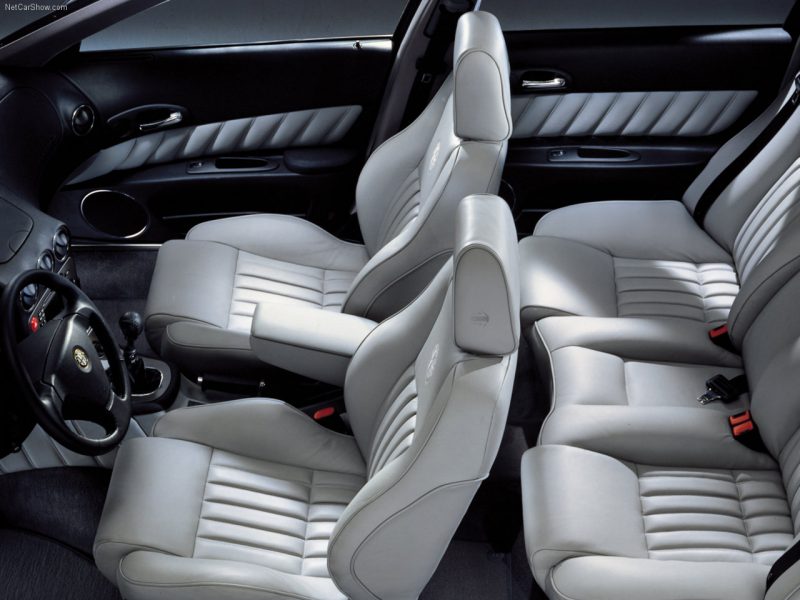
Then of course, there is the main reason one buys an Alfa Romeo; the engine. The 166 was launched with a 155bhp 2.0 twin-spark four-cylinder, powering the front wheels and mated to a five-speed manual transmission. Put that engine in a 156, and it’s decent, but in the somewhat heftier 166, it wasn’t great. One to avoid. Instead, go for a V6. The Busso engines are a work of art and, if looked after and backed with service history, will go forever. You have a choice here of the 2.5 V6 with 190bhp, or the mighty 3.0 V6 with 220bhp. If you can, find a manual one. It may seem counterintuitive to have a manual transmission in an executive car, but trust us, it will make driving it utterly exceptional.
What Are Prices Like?
We’re looking at the early 166 here (it was given a face-lift in 2004) and prices are on the rise. It used to be a case of being able to find one, a good one, for a couple of grand. Today though, you’re going to need at least four grand to join the 166 club. Or at least, you will if you want A) a V6 model and B) something that has been looked after.
The early 166 is getting exceptionally thin on the ground now. The two things that killed them were electrical issues and rust. To give Alfa Romeo some credit, it did work hard to give the 166 more rust-proofing than previous cars. However, it still wasn’t enough, especially on the floors, and so terminal rot soon became an issue for many. That’s why even enthusiast-owned cars should be carefully inspected.
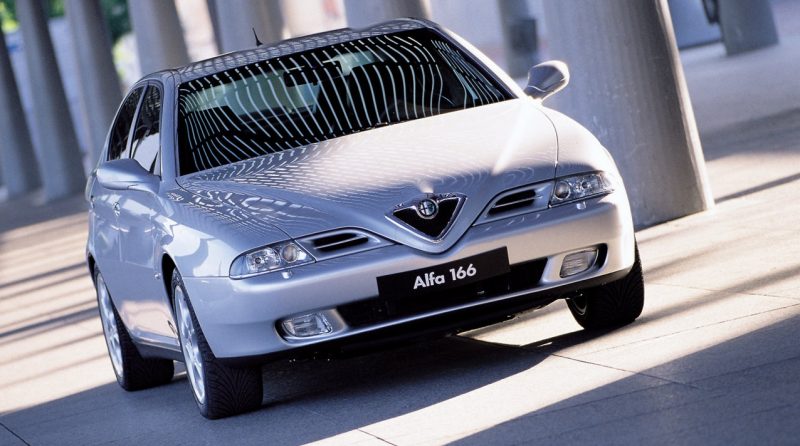
Going back to the original point, you’re looking at four grand for a nice car, six for something truly exceptional such as a fully-loaded 3.0 V6 Lusso. The 2.0 cars are the rarest now, as many simply went the way of the scrap yard. That said, the desire and following isn’t there for these models, so a couple of grand could pick one up. However, checks for corrosion are extra important here.
Why Should I Buy One?
In a nutshell, because Italian cars are passionate and emotive and captivating. The 166, with the Busso V6 up front, singing away, is an assault on the senses. It’s a car that grips you, one that makes you fall in love with cars again. It’s a car you’ll bond with, one that you’ll proudly tell people about and that you’ll be more than keen to look after. And that’s good, because it’s an Alfa, so it will indeed need a lot of looking after.
The good thing for the 166 is that while the dealer network isn’t amazing, the specialist independent aftermarket is thriving. There are myriad, time-served specialists out there who will be able to guide you through the unsettled waters of Alfa Romeo ownership, and for the best part, they won’t cost the earth for their services.
If you still need convincing, just have a go in one. As soon as you start it up, as soon as you grip your fingers around that steering wheel, you’ll be smitten. We promise you.
How Long Until I See A Return?
To be perfectly honest, the market has probably peaked. Truly exceptional, low mileage cars might push north of seven grand at some point, but that’ll be it for a while. The Alfa Romeo 166 needs a few more years behind it before prices start to get really high.
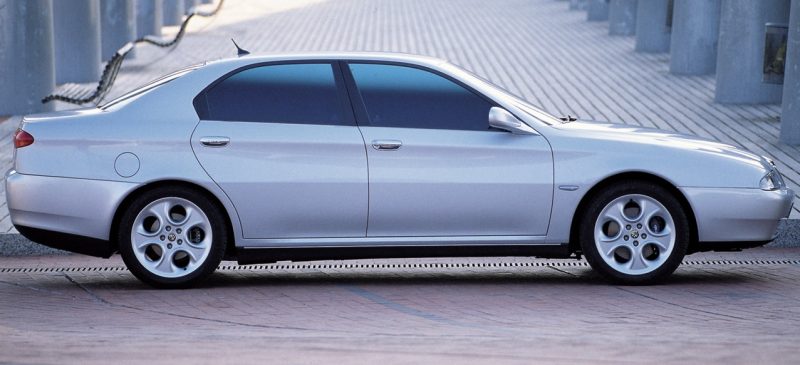
However, the thing to consider with the 166 is that, as per the title of this article, the time is now. But not for financial reasons, more because there are so few of them around. The time is now because for now, you can still get one with relative ease. But that won’t be the case for much longer. The engines are popular for conversions, the rust is catching up with the unloved examples and the folk who own the best ones are not going to want to part with them. So get in there now, while you still can.

